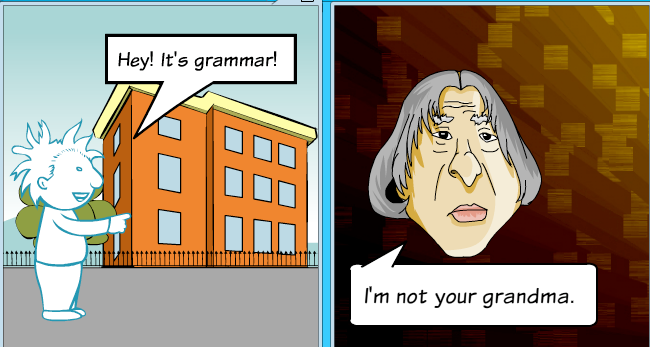I had watched a demo video at wave.google.com over the summer debuting Wave. As with any tech thing, my thoughts started racing with how to use it in an educational community setting. Over the weekend I got an invitation to be a part of the limited preview. (Happy Thanksgiving, right?) I’ve been chatting with people about Wave and here are some general questions (before we tackle how to use it in a school setting) I can answer after having used it.
What is Wave?
The best way I can think to describe it is that Wave is what e-mail would look like if it was invented today instead of decades ago.
But I already do e-mail. Why would I use this?
E-mail is extremely linear. When you are e-mailing a simple message to one person, that works. If you start e-mailing back and forth in a conversation, that’s where stuff starts to get cluttered and it’s tough to see the progression of ideas. GMail started the whole “conversation” idea, making it easier to follow who said what. Wave takes it further.
I was able to embed a map, a YouTube video, and a picture into the Wave very easily. That’s a definite plus. In e-mail those resources sometimes don’t come across.
How could it make my life easier?
For me, e-mail gets confusing the more recipients that I have per message. Before replying, I have to sift through what everyone else said. Many times that entails opening up multiple messages and checking when they were sent. With Wave, it’s one message and the responses are shown more like threads or comments at the bottom of a blog post.
How could it make my life more difficult?
First, there’s the “Great. One more account to manage; one more thing to check” problem. I’m hoping that Google will incorporate other services, specifically mail coming in from already-created e-mail accounts.
Next, you can reply to any portion of a Wave. The Wave’s status will show how many replies are unread. You need to scroll through the whole Wave to see the unread replies.
How could it give me a headache?
My friend are I were chatting (Google calls it “ping”…think Scott Westerfeld’s Tally Youngblood series.) and we had to scroll quite a bit. Just like in a main Wave, you can reply to any section of a ping. Think about how fast an online chat goes. Now picture someone posting a reply at the very top of the chat where the ping started an hour ago. My friend and I are decently tech savvy and we were lost. For friends chatting, it’s funny. But I picture a professor I had that did online chats. His idea of a chat was to have everyone type up their responses days in advance and then paste them into the chat all at once. That hurt to read. This will not improve that.
Where could it offend people?
I choose my words carefully. When it’s a really important e-mail, I’ll revise it a couple of times before sending it out. With Wave, my friend jumped in before I knew it and was watching me type my reply, letter by letter, so that before I was done he was already saying, “I thought so.”
Very disorienting. I like to spell things correctly. Typos become even more annoying as someone is virtually watching over your shoulder.
My friend was able to edit what I had said. Google changed it to read that we were co-authors of the reply. I’m glad he can spell well, because you can’t tell who said what after the specific reply becomes co-authored. I didn’t want someone to look through the archives of the Internet to see that I had misspelled a word when in fact it was someone else.
You know, because those things are important.
I also think about how many people write an e-mail angrily just to delete it as a way of venting. Wave records what you’re messaging, so someone could watch the playback and see what you initially said. For people who carefully choose their words when writing to others, you have to do a rough draft in your head. It slows things down and makes it more stressful.
Is it worth it?
Google is known for constantly changing, constantly growing. I think that the tech will change to meet the need and we’ll see more features show up once it’s out of preview mode. Just like any new tech, we’ll see it come out for a year as the people who use tech for gadget’s sake enjoy it. Some time after that we’ll then see the general populous join on IF it incorporates e-mail better.



